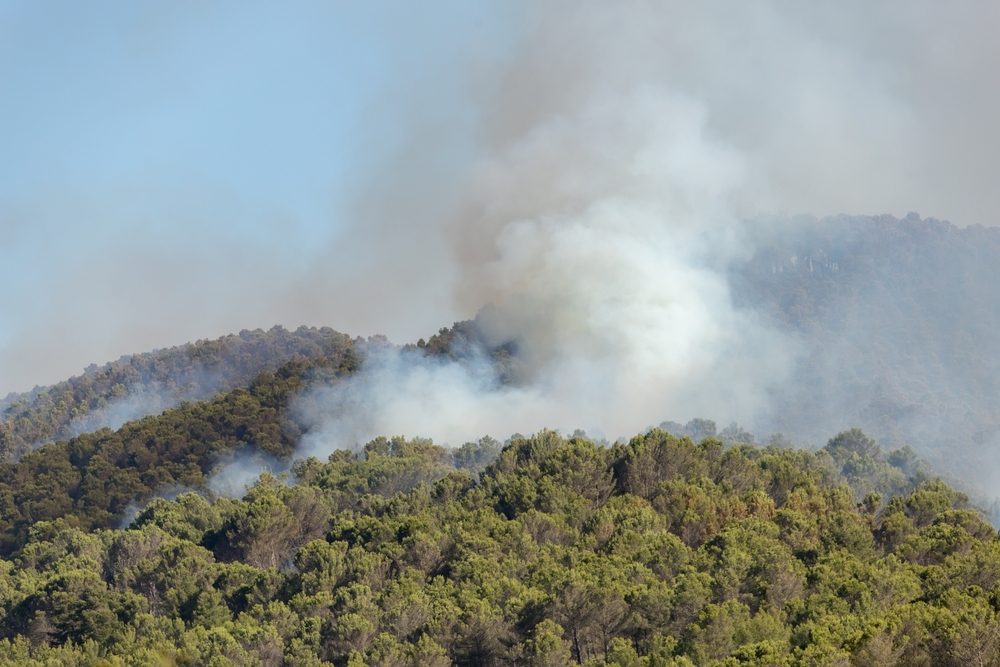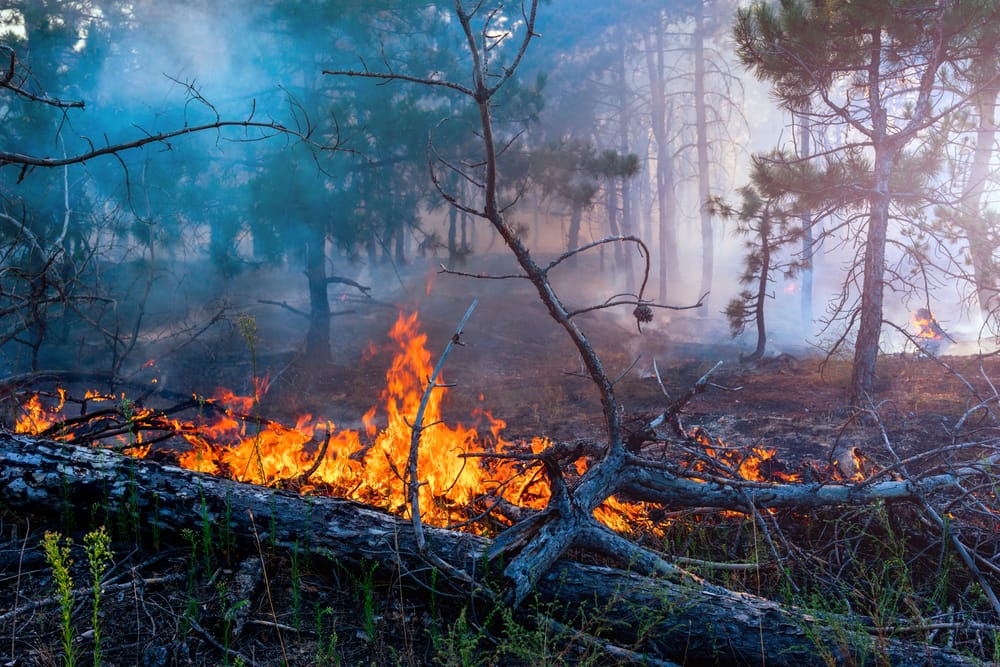Your Guide to Informed Real Estate Decisions
As a prospective home buyer navigating the complex world of real estate transactions, a myriad of reports and disclosures undoubtedly pepper your path. From inspection records to title reports, these documents build the foundation for informed decision-making. Among them lies a crucial, yet often overlooked report – the Natural Hazards Disclosure (NHD) report. At Realoq, we recognize the significance of scrutinizing your natural hazards disclosure reports, as it contains valuable insights into potential environmental risks associated with a property.
What is a Natural Hazards Disclosure Report?
Natural hazards disclosure reports refer to detailed documents outlining potential natural hazards connected to a property’s location. These encompass earthquake zones, flood zones, fire hazard zones, tsunami inundation zones, and landslide susceptibility regions surrounding the property. NHD reports carry noteworthy weight, as natural disasters can wreak havoc on a property, endangering inhabitants and causing extensive financial losses.
Under state laws, particularly in California, sellers are legally required to disclose information on pertinent natural hazards through these NHD reports before transferring property ownership. As a buyer, meticulously examining the NHD report is a vital step in your real estate journey. Armed with this knowledge, you can accurately assess risks, make informed investment choices, and implement necessary safeguards.
Key Components of a Natural Hazards Disclosure Report

Nntural hazards disclosure reports contain various components that illuminate potential natural hazards in a property’s vicinity. Let’s examine the key constituents:
Earthquake Zones
This section identifies whether the property falls near earthquake fault lines or zones prone to high seismic activity. Understanding earthquake susceptibility enables buyers to gauge risks, damages, and relevant precautions. It also ensures proper earthquake insurance based on the projected hazards.
Flood Zones
The NHD report clearly highlights if the property is located in designated flood zones classified as high-risk areas. This includes proximity to bodies of water or regions with poor water absorption. Flood zone information holds monumental value for insurance costs and preparing the property against inundation.
Fire Hazard Zones
Wildfires constitute a growing natural threat, especially in certain states. NHD reports delineate fire hazard severity zones where wildfire risks run high. This allows buyers to assess risks, apply fire-safety modifications, and obtain suitable insurance.
Tsunami Inundation Zones
Coastal properties carry the risk of tsunamis. The NHD report specifies any mapped tsunami inundation zones within proximity. Understanding tsunami susceptibility facilitates planning, mitigation efforts, and securing relevant insurance.
Landslide Regions
Land shifts can severely undermine property safety. Any exposure to landslide zones or steep unstable terrain is highlighted in the NHD report. This information assists buyers in damage control and land reinforcement measures.
In totality, hazards disclosure reports arm prospective buyers with actionable insights on natural hazards enshrouding the property. But what makes it such a vital component in real estate deals?

Why NHD Reports Matter to Home Buyers
We break down three key reasons why closely evaluating natural hazard disclosures should be an integral part of your home buying process:
Safety and Risk Mitigation
The NHD report enlightens buyers regarding safety issues stemming from potential natural disasters. Equipped with this understanding, you can determine if projected risks align with your tolerance and implement fitting precautions like emergency safe rooms, fire bunkers, earthquake reinforcements, flood barriers, etc. Alternatively, grave hazards might necessitate withdrawing from the purchase altogether. Either way, the NHD forms the basis for safety planning.
Insurance and Financial Implications
Insurers analyze a property’s natural hazard risks to determine suitable coverage and premiums. Flood, earthquake, fire or tsunami damage may greatly vary insurance costs for properties in high-risk zones. As a buyer cognizant of these hazards through the NHD, you can secure appropriate insurance and align the financial outlays with your budget.
Property Valuation
A property’s value accounts for natural disaster susceptibility. Purchase offers can be negotiated accordingly once buyers recognize the risks and potential damages. The NHD directly influences property valuation and future resale value – investors may hesitate from high-risk zones. Thus, the report holds noteworthy financial implications.
Frequently Asked Questions on NHD Reports
Now that we have covered the basics let’s explore some pressing questions home buyers have regarding natural hazard disclosures.
Who pays for the Natural Hazard Disclosure?
By law, the seller or listing agent involved in the transaction customarily pays and provides the NHD report.
What is the Natural Hazard Disclosure Act in California?
This legislation makes it mandatory for sellers to disclose mapped hazards in a property’s vicinity through NHD reports before transferring ownership.
What would a Natural Hazard Disclosure report not cover?
NHD reports concentrate solely on specified natural hazards. They do not address other property risks like lead, mold etc. needing separate disclosures.
Where can I get a Natural Hazard Disclosure report?
Specialized real estate companies like Realoq facilitate comprehensive NHD reports from approved disclosure companies. Reports are also available directly via disclosure firms.
What is an NHD report?
The NHD or Natural Hazard Disclosure report outlines potential natural hazards in proximity to the property – ranging from earthquakes and floods to wildfires and tsunamis.
Where can I get my NHD report?
NHD reports are obtained from dedicated natural hazard disclosure companies. The seller or realtor will typically provide the necessary reports.
What is a natural hazard zone disclosure report?
This refers to the components within an NHD report delineating mapped natural hazard zones around the property – such as FEMA flood zones, earthquake fault lines, fire risk areas etc.
How much does the NHD report cost?
On average, between $100 to $150 depending on the disclosure company and extensiveness of the report. Costs are customarily borne by property sellers.
What is the purpose of an NHD report?
These reports aim to inform prospective buyers of potential property risks stemming from natural disasters, enabling hazard analysis and informed real estate decisions.
As evidenced above, the NHD report delivers pivotal risk insights guiding wise real estate investments. Now let’s explore how Realoq can assist you in this important process.
Examining NHD Reports with Realoq
At Realoq, our real estate experts offer reliable guidance in navigating Natural Hazard Disclosure reports. By law, sellers must furnish NHD details before closing sales in high-risk zones. We help you meticulously comb through this report, comprehend the technicalities, and adopt a risk-oriented outlook. Our assistance also includes:
- Connecting clients with trusted natural hazard disclosure companies for authenticated NHD reports on intended property purchases.
- Providing consultations with qualified realtors to analyze the report, break down hazard zones, explain associated risks, and answer client queries.
- Supplying a checklist of follow-up actions like inspections, insurance adjustments, hazard precautions etc. based on NHD red flags.
- Assisting in value negotiations if the NHD report alters property assessment due to high-risk exposure.
Guiding clients objectively if NHD risks outweigh benefits, suggesting safer property alternatives aligned with risk appetite.
Through these measures and our real estate expertise, Realoq ensures clients make adequately informed decisions, recognizing that true value stems not just from brick and mortar but also environment and location. Our commitment remains to constructive, ethical guidance enabling your real estate dreams take robust shape.
The Way Forward
As we approach the end of this detailed exploration, one fact rings clear – Natural Hazard Disclosure reports empower buyers like you with crucial knowledge, permitting sound real estate decisions.
While often eclipsed by more conspicuous reports, the NHD remains indivisible from safe, financially-wise property investments. At Realoq, we pledge to shine a light on the contents of this all-important report, welcoming any questions you might have.
Our ultimate motivation lies in preparing you fully to gain your dream home or asset without nasty surprises. Reach out to our advisory team today and let’s commence your informed real estate purchase on the right foot!


